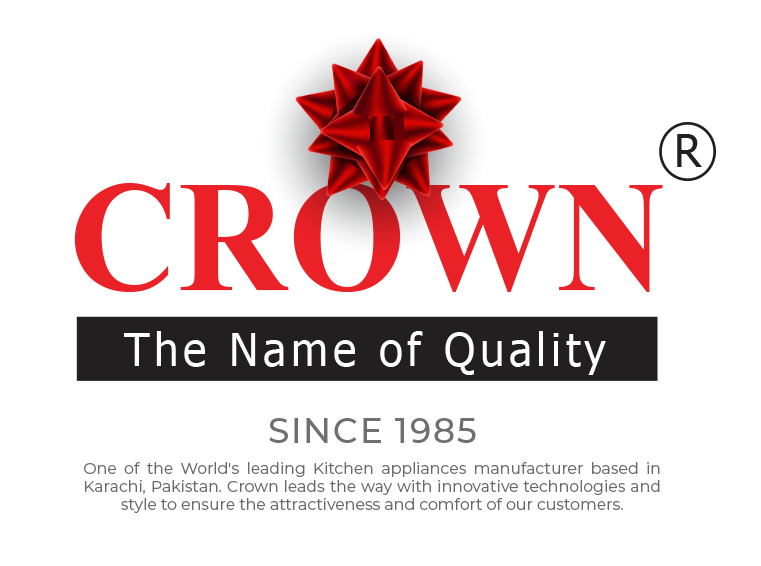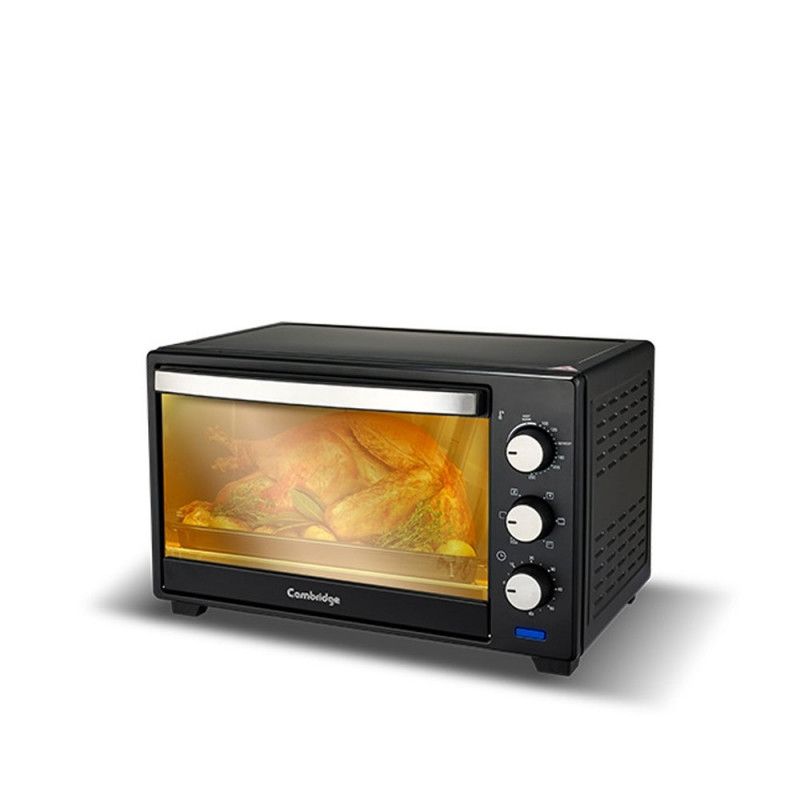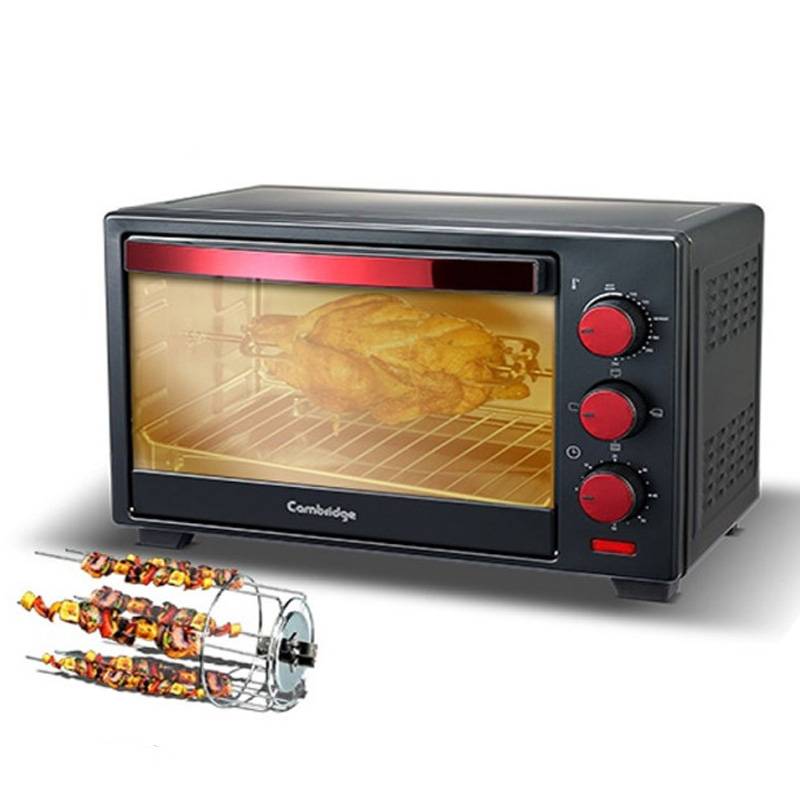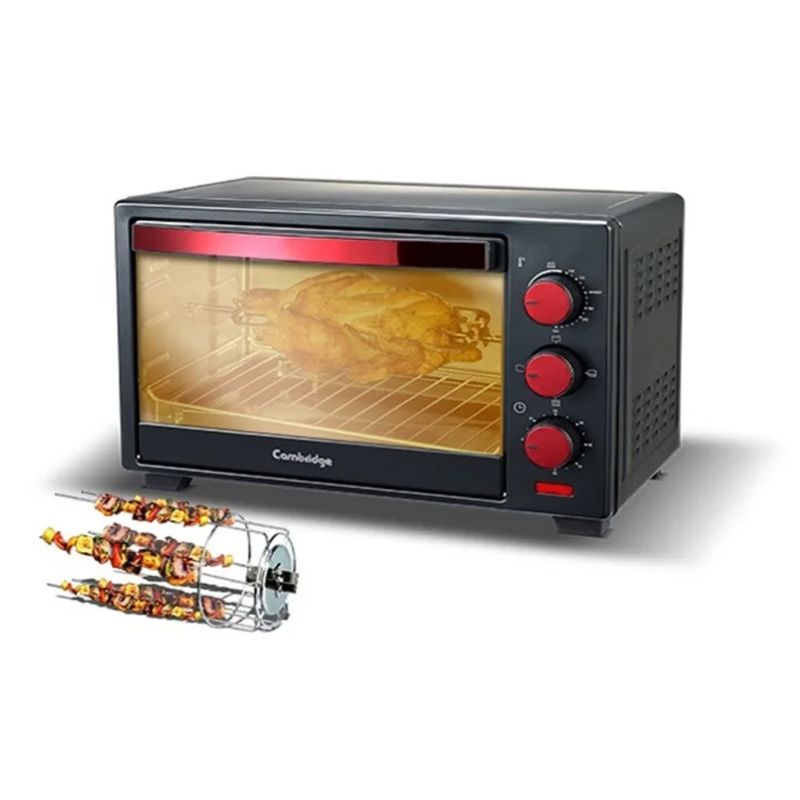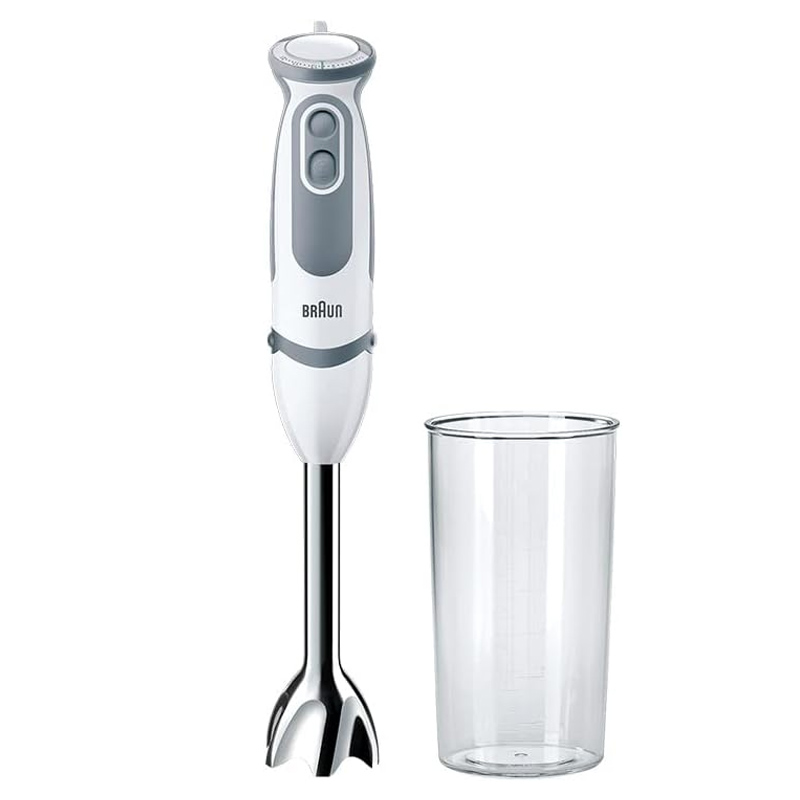Product details of Crown BMW-25SS Microwave Oven 30 Litre Full Conventional – Silver
- Capacity: 25 Liters
- Brand Warranty
- Cavity Interior: Stainless Steel
- Operating System: Microwave + Grill
- Special Feature: Cooking Timer, Defrost by Time, Child Safety Lock, Front Heat Out System
Crown BMW-25SS Microwave Oven 30 Litre Full Conventional – Silver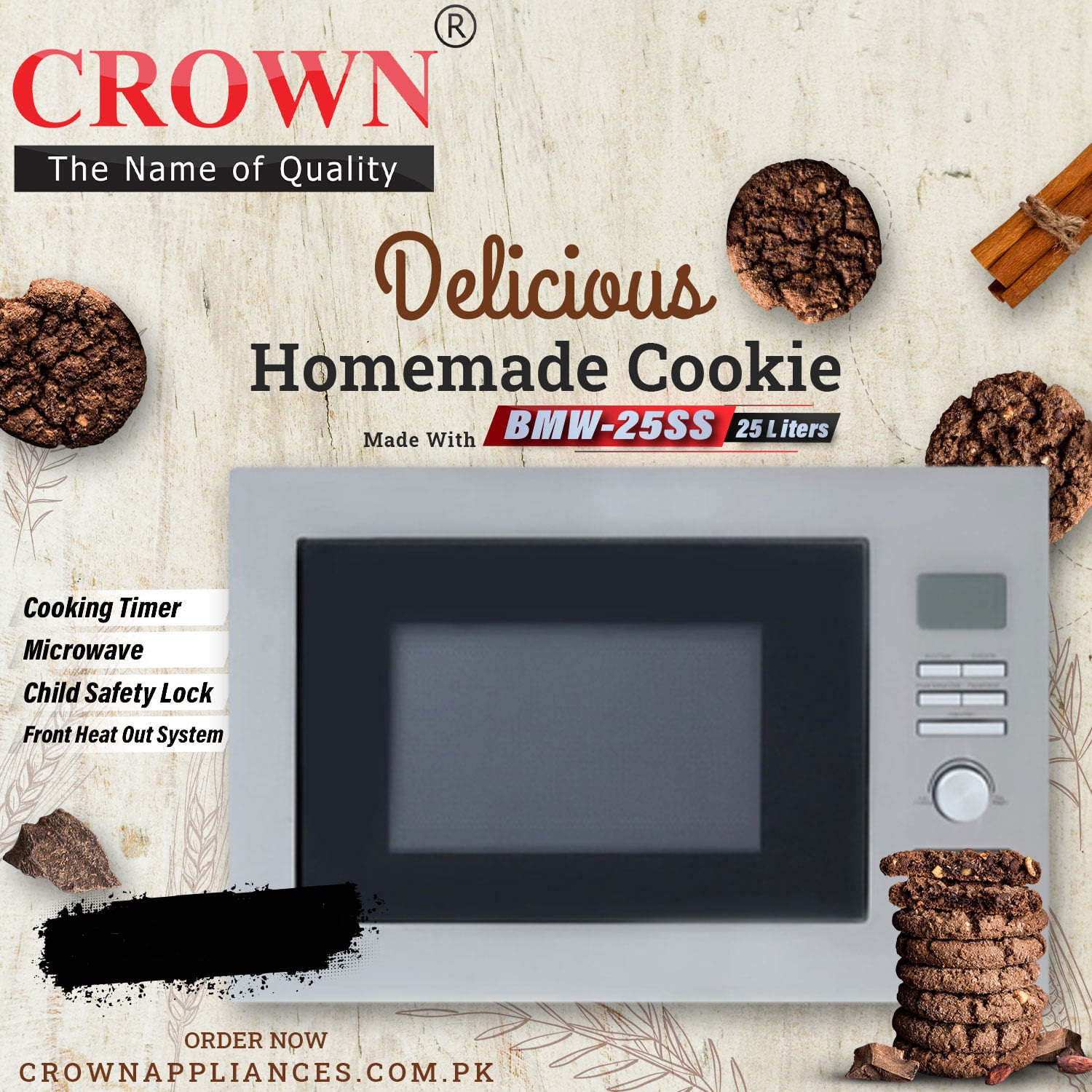

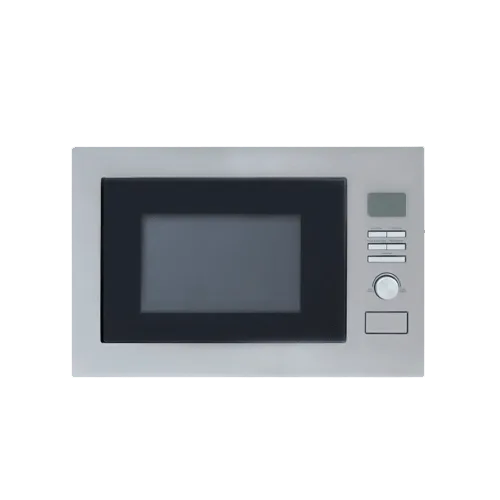
- Capacity: 25 Liters
- Brand Warranty
- Cavity Interior: Stainless Steel
- Operating System: Microwave + Grill
- Special Feature: Cooking Timer, Defrost by Time, Child Safety Lock, Front Heat Out System
Description
Experience the true art of baking with the new range of Microwaves from Crown, ready to assist in all your baking needs. Prepare sweet and savory dishes with a cinch to absolute perfection. Enjoy the delicious & mouthwatering baked goods waiting to be prepared.
BMW-3 Series
Hungry after a tiring day? Your food will be ready in a jiffy with a press of a button. Large amounts of food to defrost for dinner? Don’t worry our microwave provides the quickest solutions. Heat up and defrost food within minutes.
EASIER THEN EVER
The BMW-3 Series is here to make cooking easier than ever. From your Pakistani favorite dishes to recipes from around the world, the cooking microwave will prepare the dish for you with a press of the button. Choose from a range of elegant designs & various capacities to suit your requirement.
Amicrowave oven(commonly referred to as amicrowave) is an electricoventhat heats and cooks food by exposing it to electromagnetic radiation in themicrowavefrequency range. This induces polar molecules in the food to rotate and produce thermal energy in a process known as dielectric heating.
How do microwaves cook food?
How does a microwave turn electricity into heat? Like this!
- Inside the strong metal box, there is a microwave generator called a. When you start cooking, the magnetron takesfrom the power outlet and converts it into high-powered, 12cm (4.7 inch) radio waves.
- The magnetron blasts these waves into the food compartment through a channel called a wave guide.
- The food sits on a turntable, spinning slowly round so the microwaves cook it evenly.
- The microwaves bounce back and forth off the reflective metal walls of the food compartment, just like light bounces off a. When the microwaves reach the food itself, they don’t simply bounce off. Just as radio waves can pass straight through the walls of your house, so microwaves penetrate inside the food. As they travel through it, they make the molecules inside it vibrate more quickly.
- Vibrating molecules have heat so, the faster the molecules vibrate, the hotter the food becomes. Thus the microwaves pass their energy onto the molecules in the food, rapidly heating it up.
Inside out?
In a conventional oven, heat has to pass from(or gas burners) positioned in the bottom and sides of the cooker into the food, which cooks mostly byfrom the outside in—from the outer layers to the inner ones. That’s why a cake cooked in a conventional oven can be burned on the edges and not cooked at all in the middle. People sometimes say microwave ovens cook food from the “inside out,†which is a bit of a gloss and isn’t quite correct. When people say this, what they really mean is that the microwaves are simultaneously exciting molecules right through the food, so it’scooking more quickly and evenly than it would otherwise.
Exactly how the food cooks in a microwave depends mostly on what it’s made from. Microwaves excite the liquids in foods more strongly, so something like a fruit pie (with a higher liquid content in the center) will indeed cook from the inside out, because the inside has the highest water content. You have to be very careful eating a microwaved apple pie because the inside may be boiling hot, while the outside crust is barely even warm. With other foods, where the water content is more evenly dispersed, you’ll probably find they cook from the outside in, just like in a conventional oven. Since they work by energizing water molecules, microwaves also tend to dry food out more than conventional ovens.
Another important factor is the size and shape of what you’re cooking. Microwaves can’t penetrate more than a centimeter or two (perhaps an inch or so) into food. Like swimmers diving into water, they’re losing energy from the moment they enter the food, and after that first centimeter or so they don’t have enough energy left to penetrate any deeper. If you’re cooking anything big (say a joint of meat in a large microwave oven), only the outer “skin†layer will be cooked by the waves themselves; the interior will be cooked from the outside in by conduction. Fortunately, most of the things people cook in small microwave ovens aren’t much more than a couple of centimeters across (think about a microwaveable meat or fruit pie). Unfortunately, since the inside and outside of the food are cooking in different ways, at different speeds, it’s easy to end up with something that’s cooked on the outside and uncooked in the middle, or overdone on the outside and cooked just right in the middle. Like every other cooking method, microwaving has its drawbacks and takes some getting used to.
You’ll notice that microwaveable dinners specify a “cooking time†of so many minutes, followed by a “standing time†that’s often just as long (where you leave the cooked food alone before eating it). During this period, the food effectively keeps on cooking: the hotter parts of the food will pass heat by conduction to the cooler parts, hopefully giving uniform cooking throughou

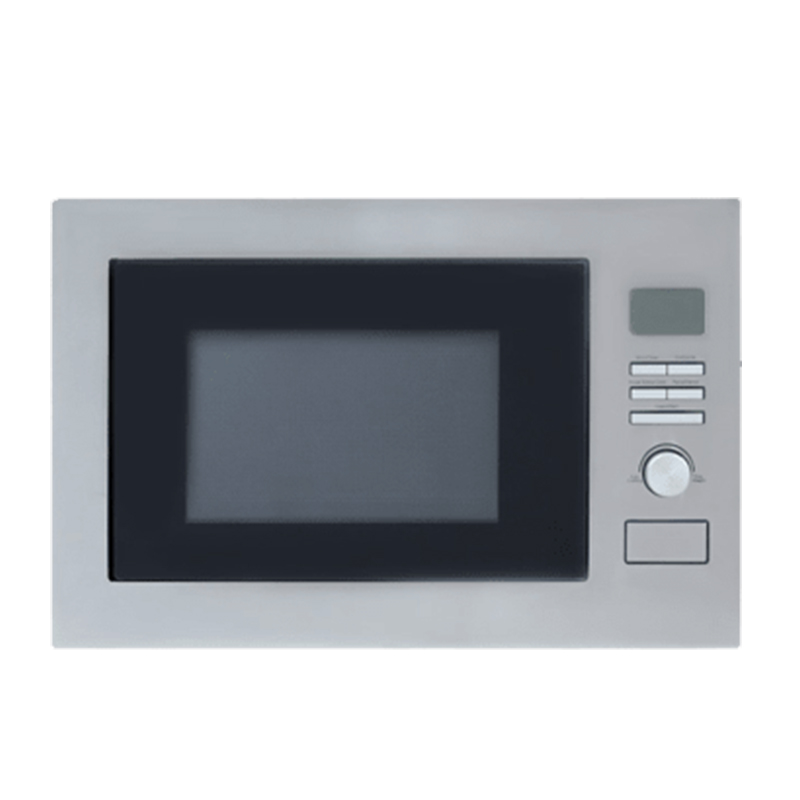

 Original store product
Original store product.png) 100% trusted shop
100% trusted shop
.png)
.png)
